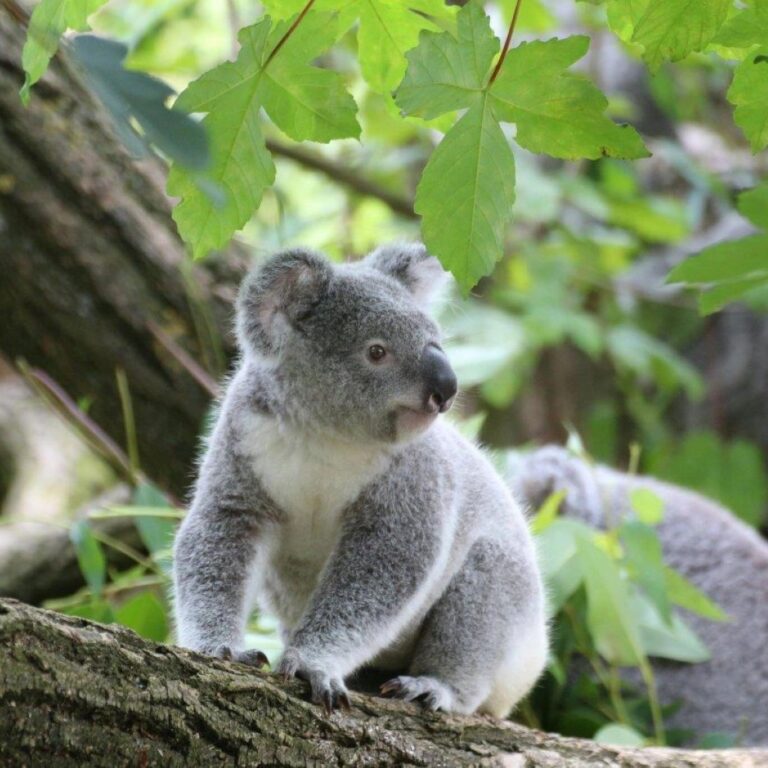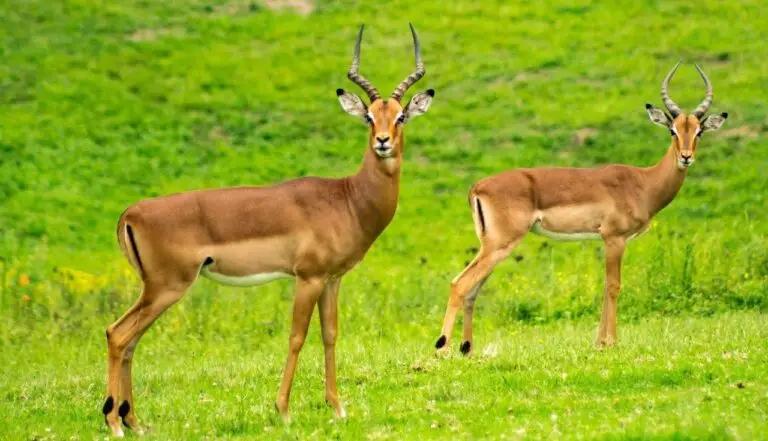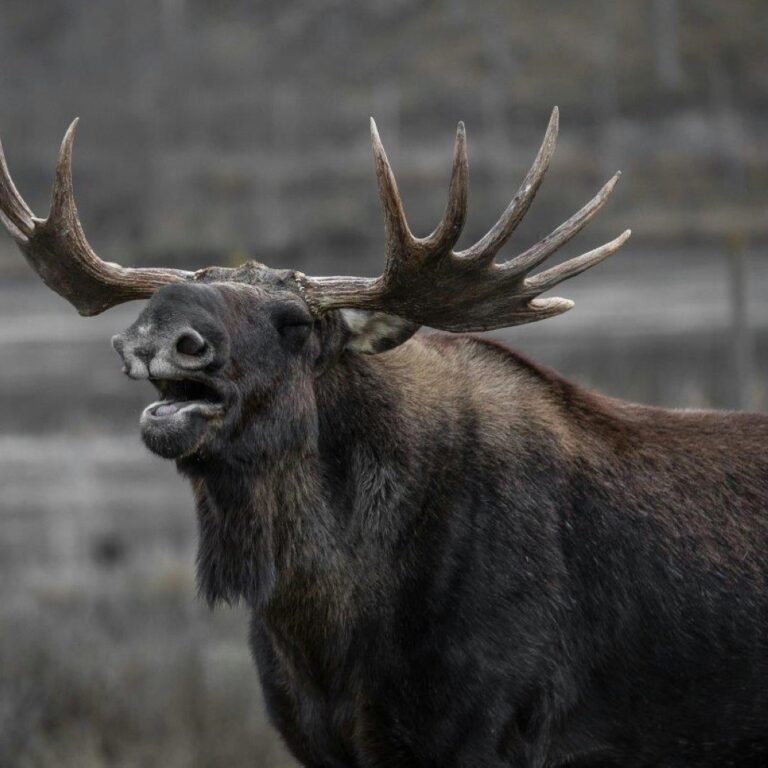Koalas are not bears, but marsupials. They belong to the same group of animals as kangaroos and wombats, and their closest relatives are the wombats.
Koalas have a specialized diet consisting almost entirely of eucalyptus leaves. They are able to detoxify the poisonous compounds in eucalyptus leaves that are harmful to most other animals.
Koalas spend up to 20 hours a day sleeping. This is because their diet is low in energy, so they conserve energy by resting for most of the day.
The koala's digestive system is specially adapted to break down eucalyptus leaves. They have an enlarged cecum, a part of the intestine that helps ferment and digest the tough, fibrous leaves.
Baby koalas, called joeys, are born extremely underdeveloped, about the size of a jellybean. After birth, they crawl into their mother's pouch, where they continue to develop for several months.
Koalas are solitary animals and are highly territorial. Each koala has its own 'home range,' which it rarely leaves. These home ranges overlap slightly with others, allowing for some social interaction.
Koalas have two opposable thumbs on their front paws, which help them grip and climb trees. Their sharp claws and rough pads also aid in climbing.
Koalas have a highly developed sense of smell, which they use to detect toxins in eucalyptus leaves. This allows them to choose the most nutritious and least toxic leaves to eat.
Koalas communicate with each other using a variety of vocalizations, including bellows, grunts, and snores. Males have a particularly loud bellow, which they use to establish dominance and attract females.
The word 'koala' is derived from an ancient Aboriginal word meaning 'no water.' This is because koalas get most of their moisture from the eucalyptus leaves they eat, though they do drink water when necessary.
Koalas have a very low reproductive rate, with females typically giving birth to only one joey every two years. This slow reproduction rate makes them vulnerable to population decline.
Koalas have a thick, woolly coat that helps insulate them from both heat and cold. Their fur is also water-resistant, which helps keep them dry in the rain.
Koalas have a unique fingerprint pattern that is remarkably similar to human fingerprints. In fact, koala fingerprints are so similar that they can be mistaken for human fingerprints at crime scenes.
The primary threats to koalas are habitat loss, disease, and climate change. The destruction of eucalyptus forests for agriculture and urban development has significantly reduced their natural habitat.
Conservation efforts are crucial for the survival of koalas. Protecting their habitats, planting more eucalyptus trees, and addressing climate change are essential steps in ensuring the future of these beloved animals.


